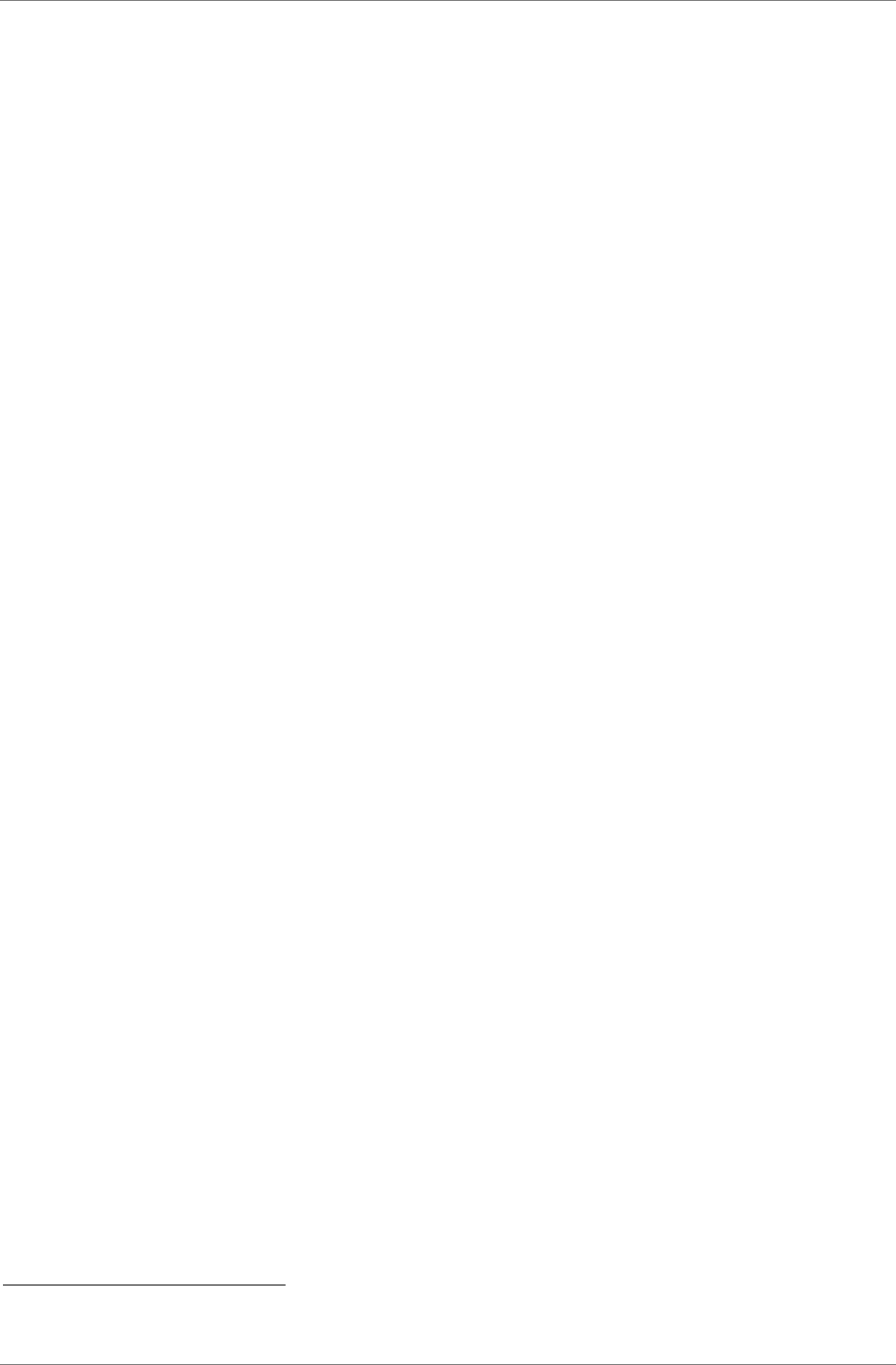
dCS 974 User Manual Manual for Software Version 1.0x
dCS Ltd May 2001
Manual part no: DOC1241121A1
Page 89
Document No: OS-MA-A0124-112.1A1
Contact
dCS
on + 44 1799 531 999 email to: more@dcsltd.co.uk
(inside the UK replace + 44 with 0) web site: www.dcsltd.co.uk
SPDIF Message Handling
The SPDIF interface (sometimes known as the Consumer AES/EBU interface)
transmits a data structure that conforms to the IEC 958
26
standard. Like the
AES/EBU, this contains 28 bits of Manchester encoded data, and a 4 bit near-
Manchester encoded preamble in a subframe, and subframes are further
assembled in a block and frame structure. The difference lies only in the voltage
levels, and the Channel Status bits (the System Message). It contains 24 bits of
audio data.
IMPORTANT!
The AES/EBU interface and the SPDIF interface have similar data
structures, although the messages are completely different. The two
structures are identified in the data domain by the use of the
Consumer/Professional bit (bit 1 in the message). A "1" indicates AES/EBU
format, a "0" indicates SPDIF format.
The default SPDIF message attached to the output data by the unit before
being changed by the user is as follows:
Professional: Off
Non-Audio: Off
Copy Permit: On
Format: 2-Channel General Format
26
See EN 60958:1995 or IEC 958:1989 with amendments 1&2. The structure of the message is sufficiently
complex that it is best to read the source material.


















